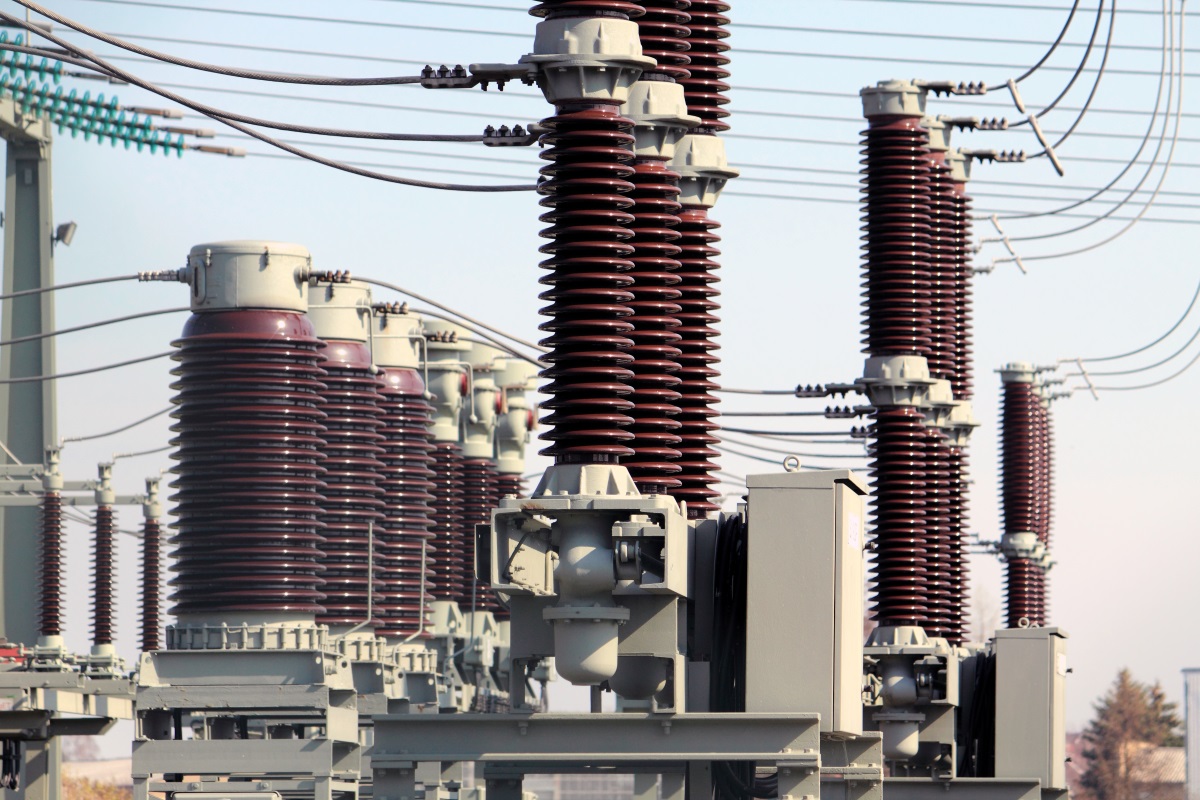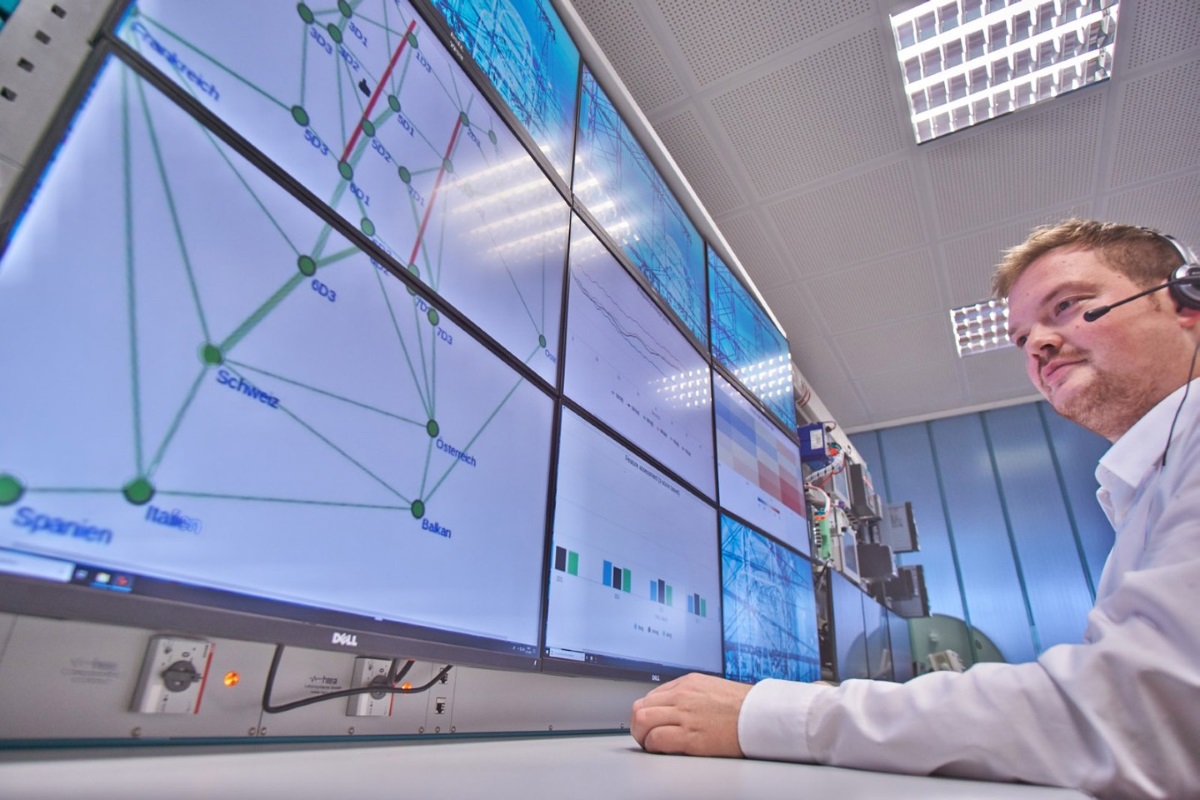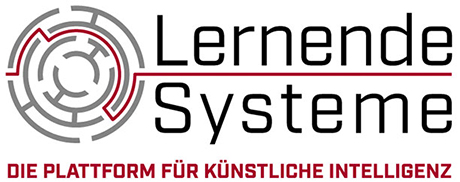Secure power grids with AI
The operation of electricity grids has become increasingly demanding as a result of the energy revolution. At the same time, the digitalization of the networks is opening up new opportunities. To process the enormous amounts of data that accumulate when measuring the daily network status, network operators will be able to use AI methods in the future. Researchers at Fraunhofer IOSB-AST have developed a new method for this purpose.

The existing electricity grids are increasingly reaching their load limits. The reasons for this are the off-load generation of renewable energies, a strongly changed energy mix and the complex network expansion. In order to ensure that the grids can continue to operate stably in the future in the face of short-term and major changes in the power flow, an automated real-time evaluation of the grid status based on highly dynamic measurement data is required.
Researchers at the Applied Systems Technology (AST) unit of the Fraunhofer IOSB in Ilmenau are working on this topic. In a first step, they have developed a compression method for the measured values of so-called PMU measuring devices, special sensors from the power grid. These data, with high temporal resolution - at up to 50 measurements per second - display detailed information on currents and voltages at any given time. They thus provide an important indicator of the state of the grid. With the help of the new method, it is possible to reduce the amount of data generated by up to 80 percent without losing any information. As a result, the measurement data can not only be archived in a more space-saving manner, but also evaluated more efficiently.
Detecting operational faults in real time

This is important for the second step of the procedure, in which the processed data are used for the teaching of artificial neural networks. The data of typical malfunctions are of particular interest here. In this way, the AI algorithms learn to distinguish normal operating data from irregularities and to categorize and localize the occurring disturbances exactly. After the training phase, the AI algorithms are able to evaluate the data from PMU sensors in real time. Up to now, this was usually done manually and afterwards. The AI-based algorithms thus make it possible to react quickly and largely automatically to operational disturbances and to avoid major supply failures (e.g. blackouts).
The utility value of the AI can best be illustrated with an example: If one power plant fails, the load for the other power plants increases abruptly. The generators become slower due to the increasing load, and the frequency of the alternating current decreases. If the frequency falls below a specified limit value, grid sections may have to be shut down quickly for reasons of system stability. Fast, which sometimes means in less than 500 milliseconds. Since the algorithm makes its decision within 20 to 50 milliseconds, there is enough time to initiate fully automatic countermeasures.
The next steps to market maturity
The algorithm for compressing the real-time measured values is ready for use, and Fraunhofer IOSB-AST scientists are currently working on the control and regulation of the countermeasures. The development is interesting not only for operators of extra-high voltage transmission networks, but also for operators of regional distribution networks. In the future, artificial intelligence can help them to meet the growing demand for environmentally friendly electricity and the legal mandate of a secure power supply.
Application facts
- Data AnalyticsPredictive Analytics
Fraunhofer-Institut für Optronik, Systemtechnik und Bildauswertung IOSB/AST
University/Research Institution
Website
